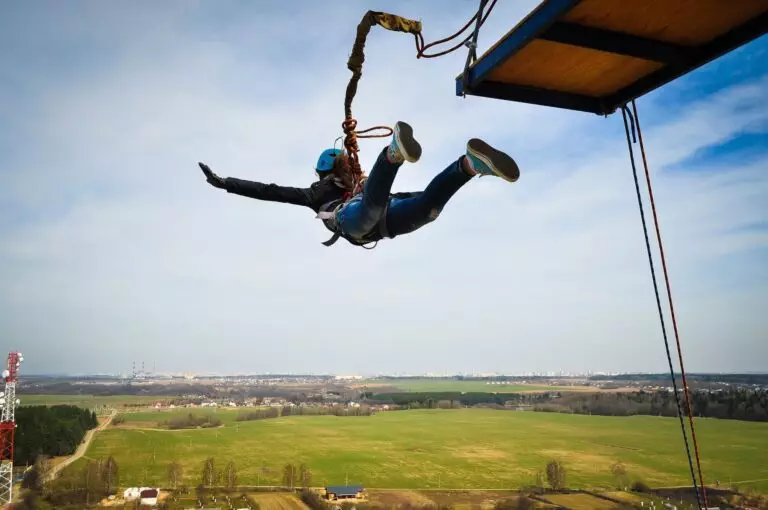For anyone experiencing stress, which is most of us these days, it may be a good idea to take a deep breath and learn about breath work. Whether the source of stress be from the current pandemic, challenges with family members, or work related, there are breath work techniques that can help the body and mind destress. Although it may seem like a bunch of breathing exercises, breath work is actually therapy that involves breathing in a conscious and systematic way. Breathwork is a method of breathing or breath control that is meant to give rise to altered states of consciousness, and to have an effect on physical and mental well-being. This type of therapy is so successful that Rehabilitation and Recovery Clinics often utilize the healing benefits of breath work, also known as a Mindfulness-Based Stress Reduction (MBSR) technique. As far as origins, breath work has roots in Eastern practices like yoga, Tai Chi, and Buddhism. However, most of the breathwork therapy used today got its start during the consciousness-raising era of the 1960s and 1970s. As several types of breathwork were formed during this era, such as Holotropic Breathwork and Rebirthing Breathwork. Since the 1970s, the field of breath work techniques has grown further and continues to evolve today. So sit back for a few minutes, take a deep breath and learn about breath work with us.
So What Is Breath Work Exactly?
Derived from various spiritual and pre-scientific traditions from around the world, breath work was pioneered in the West by Wilhelm Reich. Breathwork, according to Wikipeida, is a New Age term for various breathing practices in which the conscious control of breathing is said to influence a person’s mental, emotional or physical state, with a claimed therapeutic effect. Breath work can cause distress, with an aim to help the mind and body relax. There are many types of breath work techniques, some ranging from fairly easy that can be done at home- with others that require a practitioner to teach the breathing exercises. Again, some breath work practices are rooted in yogic traditions such as Pranayama or the breath and movement sequences of Kundalini Yoga. While other breath work techniques are entirely secular and were developed to help people heal their minds or bodies or even to withstand extreme physical conditions. Some examples of breath work techniques include 20 Connected Breaths, Continuous Circular Breathing, and Immersion In Water to name a few.
The Benefits That Can Come With Utilizing Breath Work
The health benefits that can come with utilizing breath work are hopeful. Breath work techniques can; reduce stress and bring peace, alkalize the body’s blood pH, increase muscle tone, and have an anti-inflammatory effect. Breath work can even elevate a person’s mood, such as creating feelings of openness, provide clarity and increase feelings of gratitude, and promote connection within the body. Breathwork also helps release trauma or mental, physical, and emotional blocks, as well as anxiety, depression, fear, grief, and anger. Breath work techniques help put the brakes on an acute stress response and can help to divert the health problems associated with chronic stress. By eliciting the body’s relaxation response, deep abdominal breathing helps reduce blood pressure. Keep in mind, however, that over-breathing or hyperventilation can cause you to expel too much carbon dioxide, which impairs blood flow to the brain. Hyperventilation can lead to a state called hypoxia, low oxygen levels in your cells and tissues. So before indulging in what is breath work, take a deep breath and learn about breath work from a legitimate source.
Examples Of Breath Work Techniques
In a nutshell, all forms of breath work or breathing exercises are centered on the act of breathing in and out. However, each kind incorporates its own breath work techniques. These kinds of exercises involve deep, focused breathing that lasts for an extended period of time for the individual. Some examples of breath work techniques include:
20 Connected Breaths: The individual is asked to breathe in and out 20 times. They take four sets of four short breaths and one deep breath. It is suggested that the breathing be done through the nose. Participants may experience “non-ordinary” states of consciousness as a result of this exercise.
Continuous Circular Breathing: Using full deep breaths, individuals breathe in and out continuously. This continuous in and out creates a circle of breath, as they do not hold their breath at any point during the exercise.
Immersion In Water: Although not as prevalent as it was in the 1970s, this Rebirthing Technique has historically produced dramatic results. The individual is partially or fully immersed in water and asked to breathe deeply, either above the surface or with the aid of a snorkel.
Breath Work And Mindfulness-Based Stress Reduction
While it may seem difficult to slow the endless streamline of events that follow us through life, we at Maui Recovery are able to give you the controls you need to slow down and focus.
Developed by Dr. Jon Cabot-Zinn, MSBR is a sequential method that teaches the individual who is struggling with racing and impulsive thoughts how to be in the “here and now”. By focusing on the breath or on an object in the room, the client slowly becomes able to collapse their awareness into the present moment. Although breath work is one very well known MBSR exercise that facilitates mindfulness by focusing on the breath, there are other forms or modalities as well. One being a ‘Body Scan’ exercise that involves lying with your back on the floor or a bed and closing your eyes as another mindful practice for healing. Object and/or Walking Meditation, Mindful Stretching of the body, as well as Mindful Eating are also techniques that can be used with similar benefits as breathing exercises. Take a deep breath and learn about breath work from the best of the best, our experienced Maui Recovery team.
At Maui Recovery, we welcome, nurture, and care for individuals and families through their journey of recovery by empowering their restoration & healing from addiction. We provide dynamic programs that address the Whole Self, transforming a shame core to a love core and cultivating meaningful human connection, intimacy, and purposeful living.









